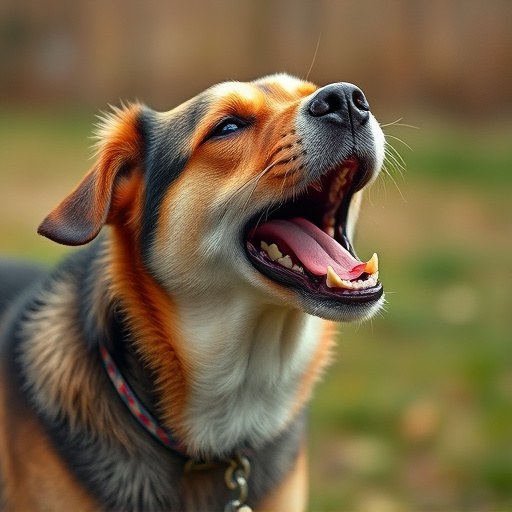Dog pepper spray is a useful tool for outdoor safety and training, deterring aggressive behavior and promoting safe interactions. Proper usage techniques are crucial to prevent health risks. Choosing the right product with lower capsaicin concentrations and easy application methods is essential. Training involves gradual scent introduction, controlled exercises, mock sessions, and consistent practice in diverse settings. Desensitization and teaching alternative reactions minimize adverse effects of accidental exposure. Implement Proper Mace Spray Dog Training Techniques for comprehensive preparation.
“Ensure your furry companion’s safety and security outdoors with our comprehensive guide on outdoor dog pepper spray. Understanding this powerful tool involves weighing its benefits, like deterring aggressive encounters, against potential risks. Learn how choosing the right pepper spray tailored to your dog’s needs is key.
Discover effective training strategies that teach your pet proper mace spray techniques. As a responsible owner, implementing these safe practices will empower you both to enjoy outdoor adventures with peace of mind.”
- Understanding Dog Pepper Spray: Benefits and Risks
- Choosing the Right Pepper Spray for Your Dog
- Effective Training Strategies: Implementing Mace Spray Techniques
Understanding Dog Pepper Spray: Benefits and Risks
Dog pepper spray, also known as mace spray for dogs, is a powerful tool designed to protect both pets and their owners during potentially dangerous encounters. While it offers several benefits in outdoor safety, understanding its risks and proper usage techniques is essential. This versatile product can be a game-changer when training dogs to respond appropriately to various stimuli, especially in unfamiliar environments.
The key advantage lies in its ability to quickly deter aggressive behavior or attacks from other animals. When applied correctly, dog pepper spray creates a temporary but intense irritation, causing the target animal to retreat. This method is particularly useful for teaching recall and promoting safe interactions with strangers or unpredictable wildlife. However, it’s crucial to note that misuse can lead to adverse effects on the dog’s health and well-being, including respiratory distress and discomfort. Therefore, adopting proper Mace spray dog training techniques ensures a positive outcome while minimizing potential drawbacks.
Choosing the Right Pepper Spray for Your Dog
When considering outdoor safety for your dog, choosing the right pepper spray is a crucial step in their training and well-being. Look for a product specifically designed for canine use, as these will have lower concentrations of capsaicin to ensure minimal harm yet maximum effectiveness in deterring potential threats. Ensure it’s easy to apply, whether on a collar or in a handheld device, allowing quick response times during encounters.
Proper Mace spray dog training techniques involve introducing the scent and effect gradually to build awareness without causing undue stress. Start with controlled exercises in safe environments, teaching your dog to associate the spray with specific commands like “stop” or “back away.” Consistent practice will enhance their understanding, making them more responsive during actual encounters.
Effective Training Strategies: Implementing Mace Spray Techniques
Training your dog to respond appropriately to outdoor safety measures like pepper spray is paramount for their well-being and your peace of mind. When it comes to mace spray, proper training techniques are key. Start by desensitizing your dog to the scent of pepper spray through controlled exposure. Introduce a small amount of the spray in a safe environment, allowing them to sniff and get accustomed to the unique odor without triggering an aggressive response.
Next, incorporate mock training sessions where you simulate the act of spraying while teaching basic commands like “sit,” “stay,” or “come.” Reward your dog with treats and praise for adhering to commands during these exercises. Consistency is crucial; regular practice in different settings will help reinforce their learning. Additionally, teach your dog alternative reactions, such as rolling on the ground or seeking shelter, to minimize the impact of accidental exposure.
In conclusion, outdoor safety for dogs, particularly through proper mace spray dog training techniques, is a responsible and crucial aspect of pet ownership. By understanding the benefits and risks of dog pepper spray, selecting the right product, and implementing effective training strategies, owners can ensure their canine companions are well-protected while enjoying the outdoors. Remember, prevention through training is key to keeping your dog safe in various environments.
